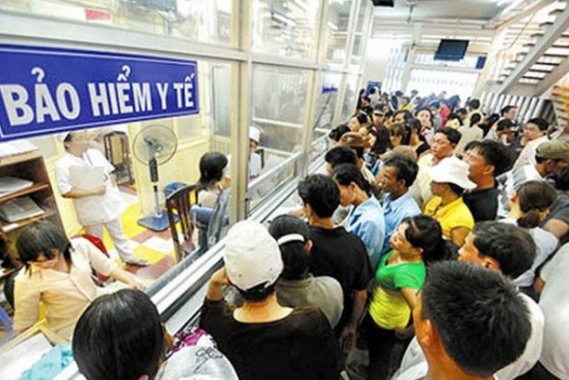

Two years after the southern city launched family health insurance plans, family coverage languishes at just 24 percent—a disappointing result that augurs ill for the Government’s bid to achieve universal healthcare coverage by 2020.
 |
| Two years after HCM City launched family health insurance plans, family coverage languishes at just 24 percent—a disappointing result that augurs ill for the Government’s bid to achieve universal healthcare coverage by 2020.— Photo abic.com.vn |
HCM CITY — Two years after the southern city launched family health insurance plans, family coverage languishes at just 24 percent—a disappointing result that augurs ill for the Government’s bid to achieve universal healthcare coverage by 2020.
The 2014 Law on Health Insurance and other regulations stipulate that under the family or household health insurance plan, every member of a family or household listed in the household registration book (excluding the deceased and the temporarily absent) must buy health insurance. The plans are designed to be more affordable than individual plans, which the Government hopes will spur enrollment.
Larger households pay lower premiums per member instead of paying the full price as each member applies for health insurance individually. The household’s first member must pay 4.5 per cent of his or her base salary; while the second, third, and fourth members would pay 70, 60 and 50 per cent of the first member’s required payment, respectively. After the fifth member, each person pays 40 per cent of the first member’s payment.
Nguyễn Thị Thu, deputy director of the HCM City Social Insurance company, said one of the reason family plan enrollment rates remained low despite the financial incentives was that many households had unstable incomes. "Signing up for health insurance when family members are healthy often seems like a waste of money," she added.
This creates a problematic tendency for people to enroll in health insurance programmes only when they start to get sick—something that needs to change, especially when all public hospitals and medical centres in the city start to charge uninsured patients the full cost of their care beginning this month, according to Thu.
“The law requires family plan enrolment but since there’s no punitive measures for those who don’t comply, our hands are tied,” Thu said.
In order to achieve universal coverage by 2020 and the target of 70 per cent of health insurance card holders enrolling under the family plan, Lê Văn Phúc, deputy head of the Department of Health Insurance Policy of Việt Nam Social Insurance, said the most important task was to raise awareness on the benefits of the government-sponsored programme, cut back on administrative procedures and improve health services delivery quality.
In addition, Phúc said, local governments must craft policies to support vulnerable demographic groups, such as people over age 70 and households near the poverty line, to ensure 100 per cent coverage for these groups.
“With local engagement, social security units, and increased public awareness, I’m confident the health insurance coverage under the family plans would see a considerable improvement,” he added. — VNS









